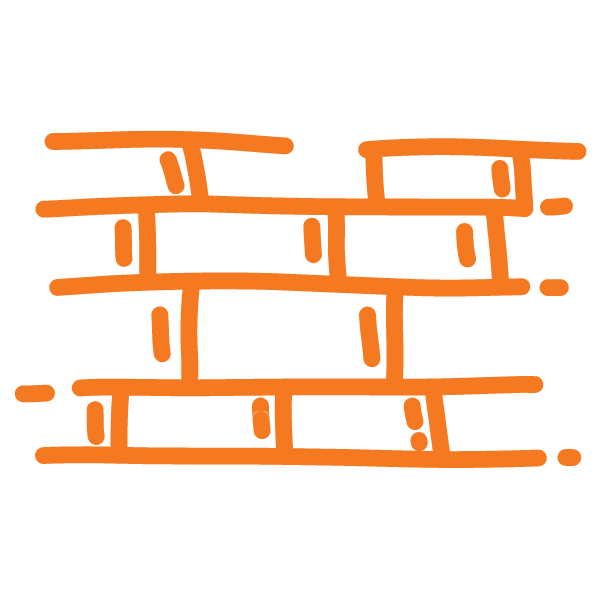STRATEGY FOCUS
Graffiti Wall Conversation
PURPOSE
The Graffiti Wall Conversation is an interactive strategy that can be used before, during and after reading any text. A shared writing space (paper or virtual) with a variety of prompts (quote, question, image, etc.) is posted and students move from poster to poster adding their ideas and responses. Student contributions can be written and/or illustrated. The idea is to hold a conversation on paper where students comment and respond to their peers.

PROCESS
- Decide on a space that allows several students to respond at the same time. If doing virtually, consider which tool best supports students in sharing their ideas and comments.
- Discuss with students ahead of time the expectations such as appropriate response, materials, etc.
- Invite students to respond to the prompt through writing, drawings or a combination of the two. Students work individually to respond, but once thoughts are recorded, they can verbally share their reflections or rotate among and read the responses of their peers.
- Invite students to ask questions or to add comments to the writing/drawing of their peers.
- Conclude with a class discussion.
PROBING QUESTIONS
CONSIDERATIONS
-
What do you notice?
-
How might you summarize this board?
-
What new questions do you have?
-
How has your opinion changed?
- The third word of this strategy is conversation. Much value is added to the use of Graffiti Wall Conversation when students are provided with an opportunity to dialogue about their own contributions to the graffiti or those of their classmates. Teachers can push student thinking by linking the contributions provided by different students asking questions, seeking clarification, and providing a space for students to synthesize and ask questions.
- Bulletin boards, white boards, chart paper, and even sidewalk chalk are suitable media for Graffiti Wall Conversations.
CONTENT APPLICATIONS
![]()
SOCIAL STUDIES
Post a quote from a primary source and ask students to respond.
![]()
WORLD LANGUAGES
Post a vocabulary term and ask students to add examples and/or nonexamples. Students could also compose a sentence using the specified term.
![]()
MATHEMATICS
Post a solution to problem(s) and ask students to review and provide feedback.
![]()
SCIENCE
At the end of a unit about ecosystems, three questions about how students can use what they’ve learned about ecosystems in their lives are posted on different walls. Students choose 2 of the 3 questions to answer
![]()
HEALTH & PHYSICAL EDUCATION
As an introduction to a new unit, post the topic (i.e., pickleball, nutrition, alcohol, tobacco, other drugs, etc.) and ask students to jot down or sketch what they already know about the topic.
Sources
Facing History and Ourselves. (2022). Resource Library/Teaching Strategies. Facing History & Ourselves. Retrieved February 27, 2022, from https://www.facinghistory.org/resource-library/teaching-strategies/graffiti-boards.
Spencer, S. A. (2011). Universal Design for Learning: Assistance for Teachers in Today’s Inclusive Classrooms. Interdisciplinary Journal of Teaching and Learning, 1(1), 10-22.
